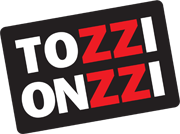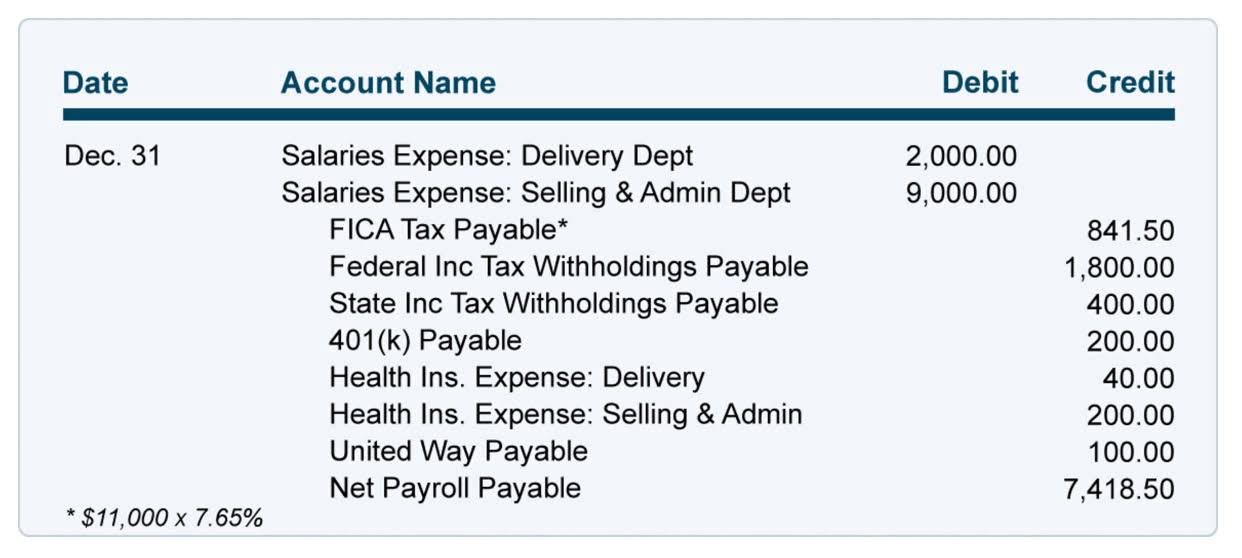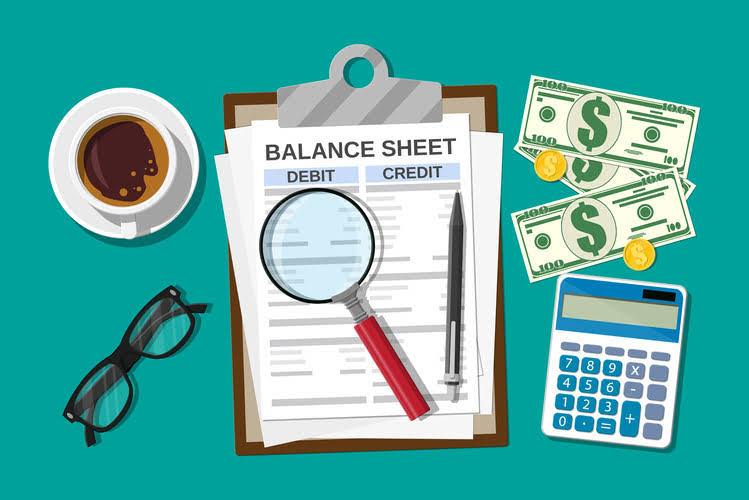
This will cause a successful efforts company to report lower net income earlier in the life of the field than a full cost company. DD&A, production expenses, and exploration costs incurred from unsuccessful efforts to discover new reserves are recorded on the income statement. Initially, net income for both an SE and an FC company is impacted by the periodic charges for DD&A and production expenses, but net income for the SE company is further impacted by exploration costs that may have been incurred for that period.
Work with an experienced team to understand what financial statements are absolutely vital to review on a periodic basis and an idea of what numbers will look like and what to expect. Deciphering income statements and cash flow can often be challenging with either method, so it is imperative to have a team in place that has the right expertise to help you charter that territory successfully. It is important to understand the bottom line for the two of these and how they may affect your financial statements. Understanding that is vital to know how productive operations really are – both day-to-day and the big picture of the business. This is because adding back the non-cash charge for DD&A effectively negates the relatively larger impact to net income under the FC accounting method.
About this article
Deloitte refers to one or more of Deloitte Touche Tohmatsu Limited, a UK private company limited by guarantee (“DTTL”), its network of member firms, and their related entities. In the United States, Deloitte refers to one or more of the US member oil and gas accounting firms of DTTL, their related entities that operate using the “Deloitte” name in the United States and their respective affiliates. Certain services may not be available to attest clients under the rules and regulations of public accounting.

The development of forward- or current-year metrics, however, often requires a time-consuming review of press releases and other sources of information. The oilfield services segment can also be considered a distinct segment, which serves the upstream oil and gas companies. In its “Statement of Financial Accounting Standard No. 19,” the FASB requires that oil and gas companies use the SE method. In other words, these two governing bodies have yet to find the ideological common ground needed to establish a single accounting approach. This annual publication provides an update on accounting, tax, and regulatory matters relevant to the oil and gas industry.
Accounting for extractive activities – Oil & gas
Successful efforts are more focused on the end product and believe only those expenses incurred to find and produce oil and gas should be capitalized. As such, in evaluating valuations for midstream companies, consideration should be given to yield data and trends for the subject company. Amid the current downturn in oil and gas commodity prices and the decline of the industry overall, midstream public companies’ yields have increased, but these higher yields are due primarily to lower valuations rather than to growth in distributions. Oilfield services companies are important industry players that provide support services — drilling, cementing, surveying, treating (e.g., with acids or chemicals), and perforating — to upstream oil and gas producers on a fee or contract basis. An increasingly popular way in recent years for companies to extract oil and gas from shale formations, such as the Permian Basin in West Texas, the Bakken Formation in North Dakota, and the Eagle Ford in South Texas, is hydraulic fracturing, or “fracking”. Examples of large oilfield services companies include Halliburton Company, Schlumberger Limited, and National Oilwell Varco.
When a company’s exploration efforts come up short, any costs incurred are usually recorded as an expense on the income statement. The full cost (FC) method takes a different approach, recording all successful and unsuccessful explorations as a cost on the balance sheet. Oil and gas are industries that we are well-versed in, which means we understand the level of nuance and depth that goes into accounting for these sectors. The midstream sector starts at the gathering system, which collects oil and gas from the wellheads. Gathering systems range in size from small systems that process gas close to the wellhead, to large systems consisting of thousands of miles of pipes that collect from hundreds of wells. At the processing plant, various products (for example, natural gas liquids like ethane and butane) are separated from the oil and gas.
Oil and Gas Accounting Methods: Successful Efforts (SE) v. Full Cost (FC) & What You Need To Know
These budget reductions directly impact clients’ demand for an oilfield services company’s products. Although volatility in commodity prices affects oilfield services companies’ valuations in general, certain oilfield services companies may suffer more than others due to reductions in E&P capital expenditure budgets. The accounting method that a company chooses affects how its net income and cash flow numbers are reported. Therefore, the accounting method is an important consideration when analyzing companies involved in the exploration and development of oil and natural gas.
- At the same time, capitalizing unsuccessful exploration costs rather than expensing them results in the company being more susceptible to large non-cash charges whenever the preceding factors result in an expected cash flow decline.
- Figure 3 presents the variations in EBITDA valuation multiples for the different types of oilfield services companies.
- Therefore, the accounting method is an important consideration when analyzing companies involved in the exploration and development of oil and natural gas.
- Oil & Gas Accounting delves into acquisition, exploration, development, and production activities, covering many industry-specific accounting issues.
- Full cost accounting is a method that capitalizes the exploration costs and drilling of wells, regardless of the success or failure of the well.
Traditionally, MLPs have provided distribution growth by increasing the volume of products processed on existing assets, reducing costs through improved operations and scale, making accretive acquisitions, developing new assets, and capitalizing on new trends. According to the view behind the SE method, the ultimate objective of an oil and gas company is to produce the oil or natural gas from reserves it locates and develops so that only those costs relating to successful efforts should be capitalized. Conversely, because there is no change in productive assets with unsuccessful results, costs incurred with those efforts should be expensed. According to the theory behind the SE method, the ultimate objective of an oil and gas company is to produce the oil or natural gas from reserves it locates and develops, so the company should only capitalize on those costs relating to successful efforts. Conversely, because there is no change in productive assets with unsuccessful results, companies should expense costs incurred from those efforts.
As with downstream companies, conventional variations of the Income and Market approaches (e.g., DCF and EBITDA-based multiples) may be used to value oilfield services companies. As with E&P companies, lower oil and gas commodity prices decrease oilfield services companies’ valuations. In an environment of lower commodity prices, such as the one we are currently experiencing, E&P companies significantly cut their capital expenditure budgets related to exploring and producing oil and gas.

Examples of large midstream companies include Enterprise Products Partners L.P., Kinder Morgan Inc., and TransCanada Corporation. COPAS provides expertise for the oil and gas industry through the development of Model Form Accounting Procedures, publications, and education. We are a forum for the active exchange of ideas which result in innovative business and accounting solutions.
Higher net income (NI) may make the company immediately seem more attractive to investors than competitors and help it to raise new capital. COPAS has great learning opportunities, leadership opportunities, and ways to develop relationships with other accountants and oil and gas professionals. You will work hard when you get involved, but the experiences, people and benefits will be worth it. Under successful efforts accounting, these costs are expensed when it is determined that the well will not produce.
Under full cost accounting, costs are capitalized and amortized over the estimated life of the reserves. At the same time, capitalizing unsuccessful exploration costs rather than expensing them results in the company being more susceptible to large non-cash charges whenever the preceding factors result in an expected cash flow decline. These write-downs or accounting expenses have a tendency to weigh on earnings and share prices. Two contrasting types of accounting methods coexist because governing bodies are divided about which one best transparently reports a company’s earnings and cash flows. However, without the subsequent discovery of new reserves, the resulting decline in periodic production rates will later begin to negatively impact revenues and the calculation of DD&A for both a SE and FC company. Due to an FC company’s higher level of capitalized costs and resulting periodic DD&A expenses in the face of declining revenues, the periodic net earnings of the SE company will improve relative to those of the FC company and will eventually exceed those costs.








